S3.01 Donald Smith 2
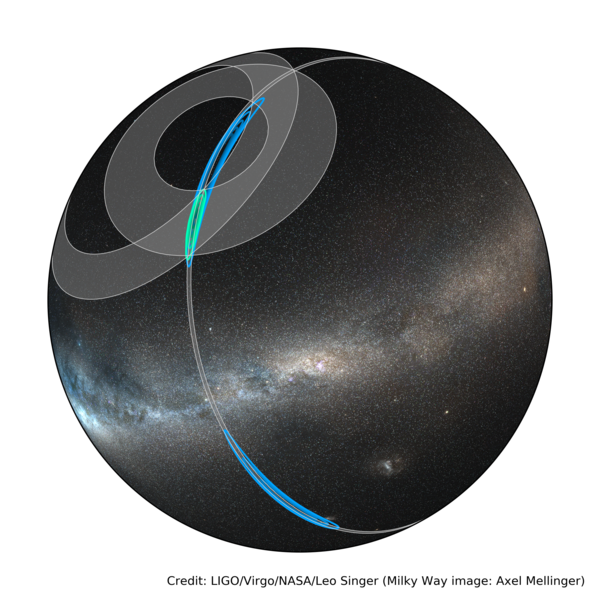
First measurement of gravitational waves of colliding neutron stars
The first indirect detection of gravitational waves from neutron stars was achieved by the US astrophysicists Russell A. Hulse and Joseph H. Taylor in 1974. For this discovery they won the Nobel Prize in Physics almost 20 years later. It was not until 17 August 2017 that gravitational wave detectors on Earth were able to capture the direct signal of two neutron stars orbiting each other and finally colliding. It was given the designation GW170817.

James Webb Telescope
Webb is the premier observatory of the next decade, serving thousands of astronomers worldwide. It will study every phase in the history of our Universe, ranging from the first luminous glows after the Big Bang, to the formation of solar systems capable of supporting life on planets like Earth, to the evolution of our own Solar System.
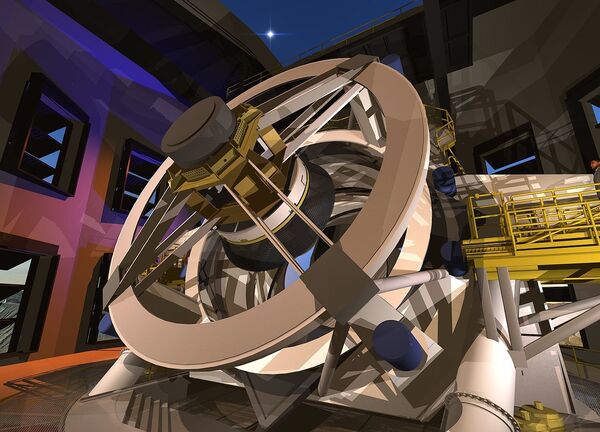
Vera C. Rubin Observatory
Allowing for maintenance, bad weather and other contingencies, the camera is expected to take over 200,000 pictures (1.28 petabytes uncompressed) per year, far more than can be reviewed by humans. Managing and effectively analyzing the enormous output of the telescope is expected to be the most technically difficult part of the project. In 2010, the initial computer requirements were estimated at 100 teraflops of computing power and 15 petabytes of storage, rising as the project collects data. By 2018, estimates had risen to 250 teraflops and 100 petabytes of storage.
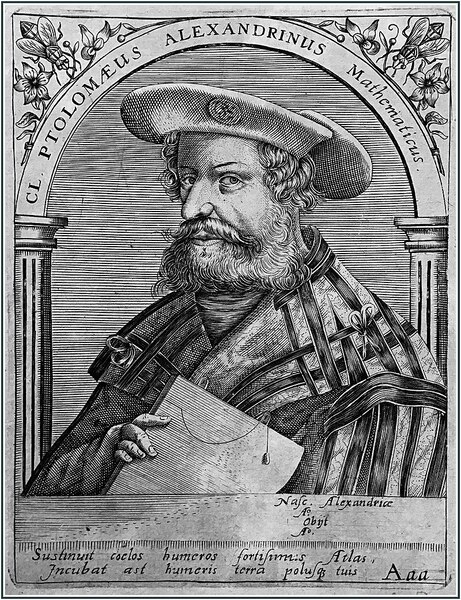
Ptolemy
Ptolemy lived in or around the city of Alexandria, in the Roman province of Egypt under Roman rule, had a Latin name, which several historians have taken to imply he was also a Roman citizen, cited Greek philosophers, and used Babylonian observations and Babylonian lunar theory. In half of his extant works, Ptolemy addresses a certain Syrus, a figure of whom almost nothing is known but who likely shared some of Ptolemy's astronomical interests.
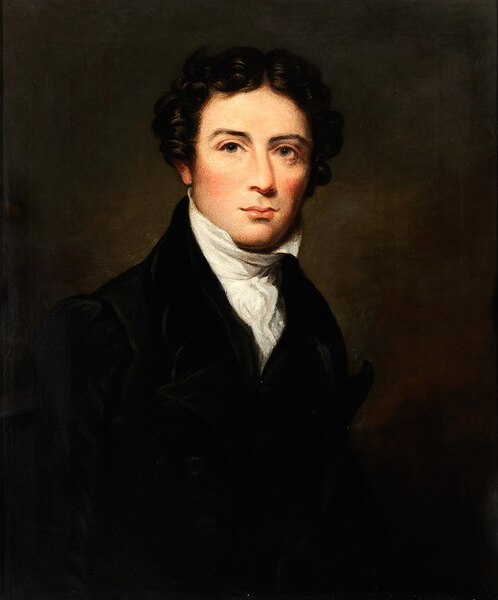
Michael Faraday
Faraday was an excellent experimentalist who conveyed his ideas in clear and simple language; his mathematical abilities, however, did not extend as far as trigonometry and were limited to the simplest algebra. James Clerk Maxwell took the work of Faraday and others and summarized it in a set of equations which is accepted as the basis of all modern theories of electromagnetic phenomena. On Faraday's uses of lines of force, Maxwell wrote that they show Faraday "to have been in reality a mathematician of a very high order – one from whom the mathematicians of the future may derive valuable and fertile methods." The SI unit of capacitance is named in his honour: the farad.
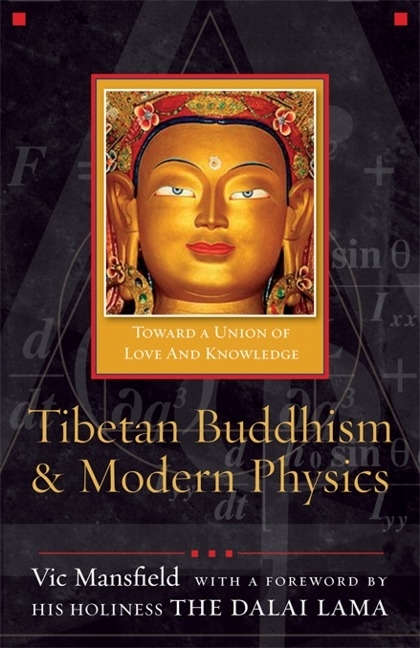
Tibetan Buddhism and Modern Physics
Tibetan Buddhism and Modern Physics: Toward a Union of Love and Knowledge addresses the complex issues of dialogue and collaboration between Buddhism and science, revealing connections and differences between the two. While assuming no technical background in Buddhism or physics, this book strongly responds to the Dalai Lama’s “heartfelt plea” for genuine collaboration between science and Buddhism. The Dalai Lama has written a foreword to the book and the Office of His Holiness will translate it into both Chinese and Tibetan.
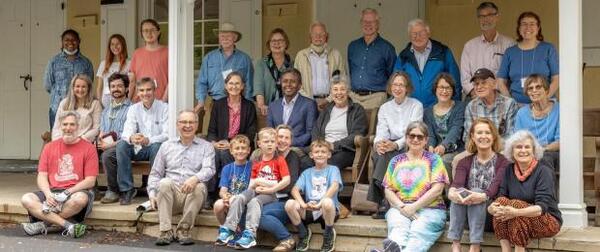
Haverford Friends Meeting
Haverford Friends Meeting gathers at 10:30-11:30 every Sunday to Worship together. Friends may come to the meeting house in person or on Zoom at ID 874 9165 1096, for a hybrid service. All are welcome!
When the weather is cold, fires are burning in our fireplaces! We have a Social Time with light refreshments after meeting for worship. We offer activities for children periodically. Check the postings below for details.
We welcome fellow seekers of every religious background, ethnic heritage, racial identity, sexual orientation, gender identity and physical ability.
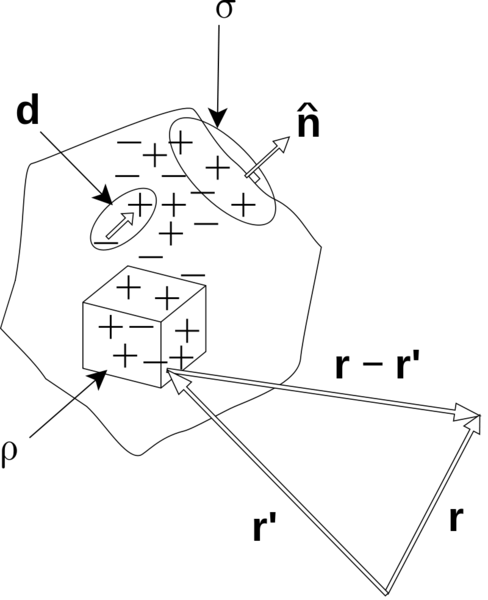
Retarded time
In electromagnetism, electromagnetic waves in vacuum travel at the speed of light c, according to Maxwell's Equations. The retarded time is the time when the field began to propagate from the point where it was emitted to an observer. The term "retarded" is used in this context (and the literature) in the sense of propagation delays.

Slo Mo Guys
Gav and Dan whip out the old pinfire gun and see if it's possible to fire a bullet with a bullet. See how pinfire fares against centerfire and rimfire at 300,000fps. DO NOT TRY AT HOME!

Jim’s blog entry on models in thinking
I have a model of the other person, and a model of myself. In my head, there are no unanticipated obstacles. The argument works just as I have set it up. Then I go and have the argument with the actual person in real life. That is when I usually find out that the model I have concocted is insufficient. There are new obstacles. The discussion goes places I had not anticipated in my model. The person I modeled surprises me, and I have to revise my model of that person the next time I rerun the discussion in my head.
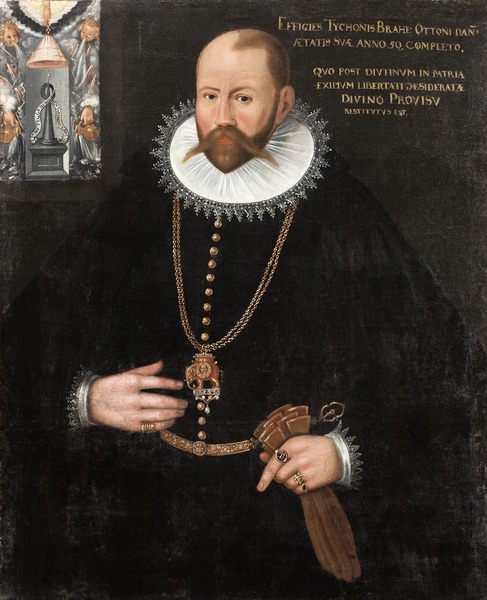
Tycho Brahe
Tycho was born on 14 December 1546, at his family's ancestral seat at Knutstorp (Danish: Knudstrup borg; Swedish: Knutstorps borg), about 8 kilometres (5.0 mi) north of Svalöv in then Danish Scania. He was the oldest of 12 siblings, 8 of whom lived to adulthood, including Steen Brahe and Sophia Brahe. His twin brother died before being baptized. Tycho later wrote an ode in Latin to his dead twin, which was printed in 1572 as his first published work. An epitaph, originally from Knutstorp, but now on a plaque near the church door, shows the whole family, including Tycho as a boy.
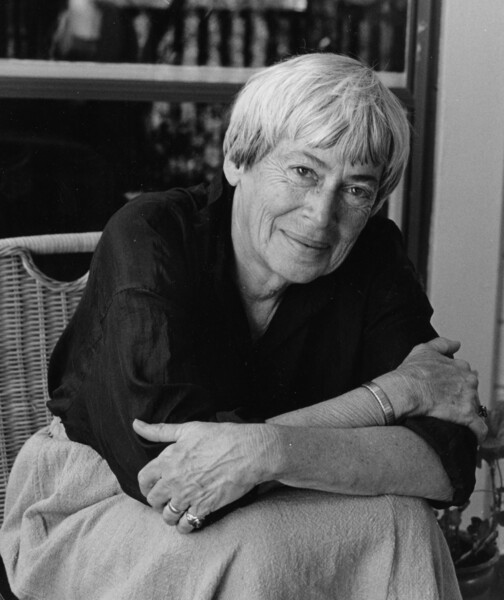
Ansible
Ursula K. Le Guin coined the word "ansible" in her 1966 novel Rocannon's World. The word was a contraction of "answerable", as the device would allow its users to receive answers to their messages in a reasonable amount of time, even over interstellar distances.
The plot device of the ansible was the basis for creating a specific kind of interstellar civilization – one where communications between far-flung stars are instantaneous, but humans can only travel at relativistic speeds. Under these conditions, a full-fledged galactic empire is not possible, but there is a looser interstellar organization, in which several of Le Guin's protagonists are involved.
Photo by Marian Wood Kolisch
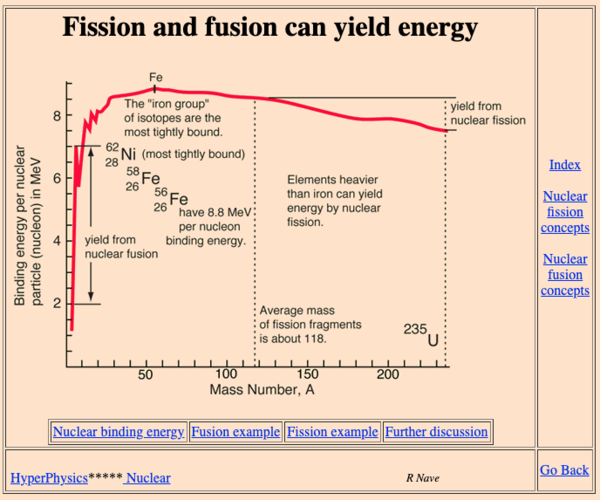
Nuclear Binding Energy
The binding energy curve is obtained by dividing the total nuclear binding energy by the number of nucleons. The fact that there is a peak in the binding energy curve in the region of stability near iron means that either the breakup of heavier nuclei (fission) or the combining of lighter nuclei (fusion) will yield nuclei which are more tightly bound (less mass per nucleon).




